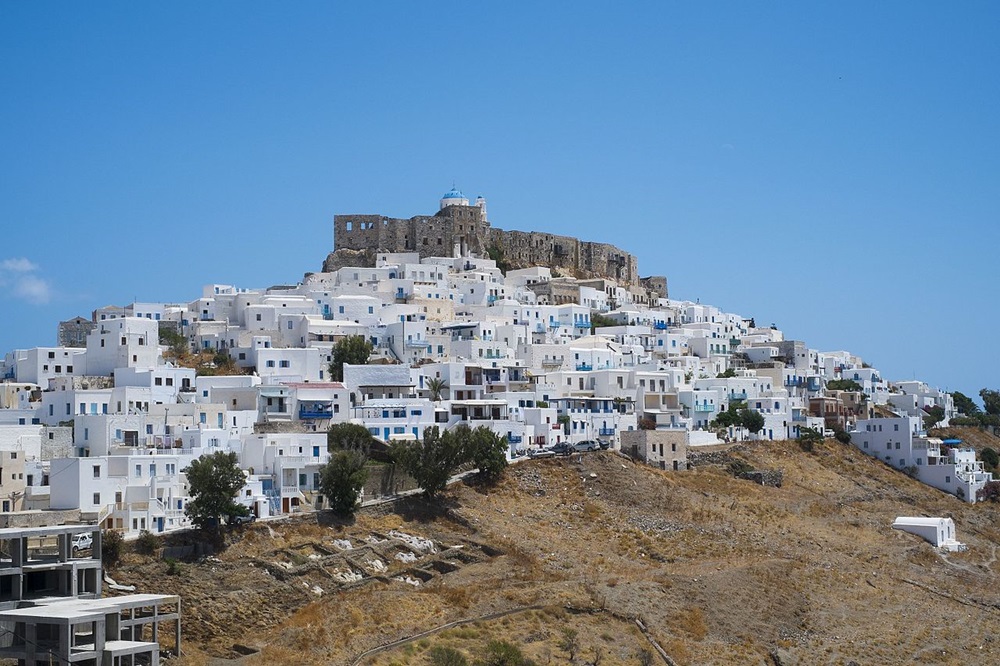
The world’s oldest erotic graffiti was discovered in 2014 in Astypalaia, a remote Greek island of the Dodecanese. It dates from the early 6th and late 5th century B.C.
One of the inscriptions depicts two phalluses, carved on the flat surface of a rock in the region of Vathy. Also carved on the side of the same rock, archeologists found the name “DION” (ΔΙΩΝ).
There was another inscription which was found 52 meters above sea level. “Nikasitimos was here mounting Timiona” (Νικασίτιμος οἶφε Τιμίονα), noted the inscription.
The world’s oldest erotic graffiti has been found in Greece and this is what it looks like: http://t.co/emoe73ldrQ pic.twitter.com/JNpMkIPTgD
— Digg (@digg) July 7, 2014
Even though sexual relations between men were not taboo in ancient Greece, this specific inscription sheds some light on various other parts of the ancient Greeks’ “private lives.”
The prominent position where the two ancient Greeks expressed their erotic passion and the amount of manmade infrastructures that were found around it, point towards the possibility of a building complex in the area, a fact that would, in part, justify the lovers’ literacy level.
The discovery of inscriptions on a small island like Astypalaia indicates that not only scholars and people of the academic community were able to write.
The graffiti is written in the Greek alphabet, which was first developed in the 8th century BCE. It is written in a style of writing called “rustic,” which was common in the 6th and 5th centuries BCE.
It has been preserved in good condition because it is carved into a limestone rock, which is a very durable material.
The oldest erotic graffiti in Greece is “triumphalist”
The archaeologist who discovered the graffiti was Dr. Andreas Vlachopoulos, a specialist in prehistoric archaeology.
“They were what I would call triumphant inscriptions,” said the Princeton-trained professor who found them while introducing students to the ancient island world of the Aegean.
“They claimed their own space in large letters that not only expressed sexual desire but talked about the act of sex itself,” he told The Guardian. “And that is very, very rare.”
“By using the verb in the past continuous [tense], it clearly says that these two men were making love over a long period, emphasizing the sexual act in a way that is highly unusual in erotic artwork,” he added.
Found overlooking the Bay of Vathy on the island’s northwestern tip, the inscription has led the archaeologist to believe that soldiers may once have been garrisoned in the area.
Astypalaia has a rich ancient history. The island was colonized by Megara, or possibly Epidaurus, and its governing system and buildings are known from numerous inscriptions.
A unique graveyard has been excavated by the Greek archaeological service. At least 2,700 newborns and small children below the age of two were buried in ceramic pots between approximately 750 BC and Roman times.
In the following video, Dr. Andreas Vlachopoulos explains the significance of the finding in Astyplaia.